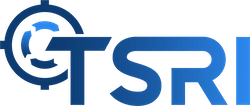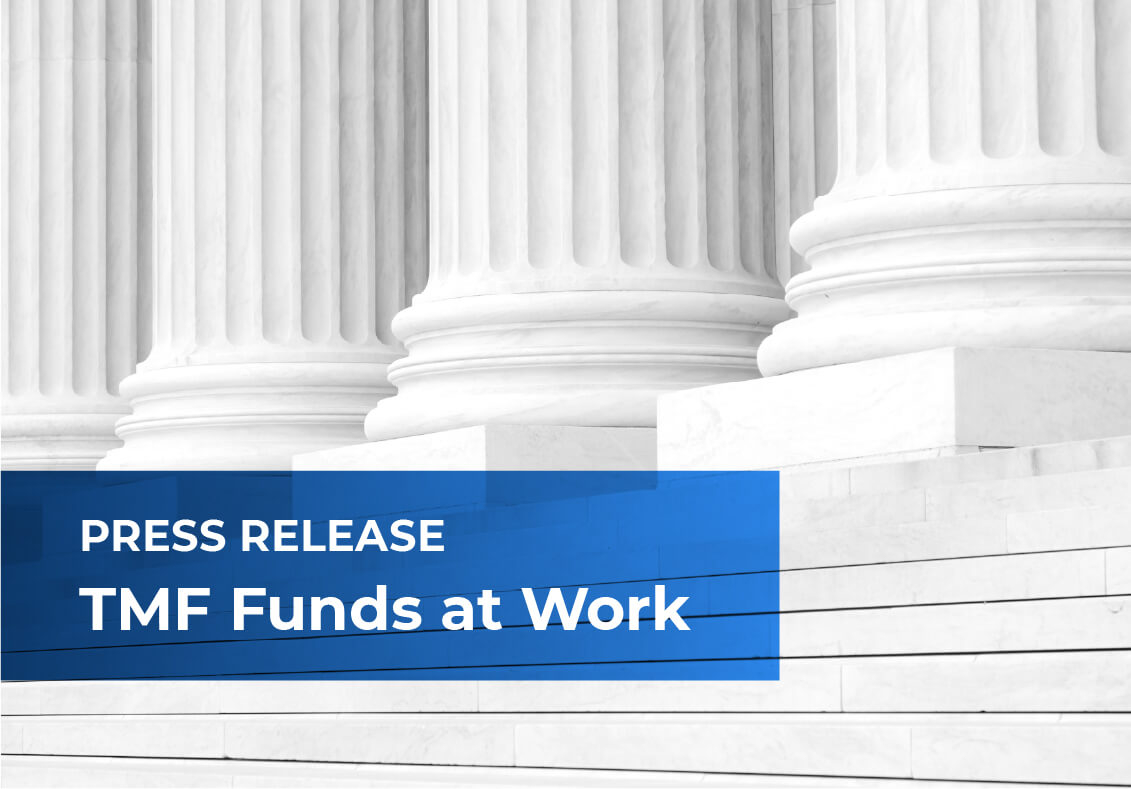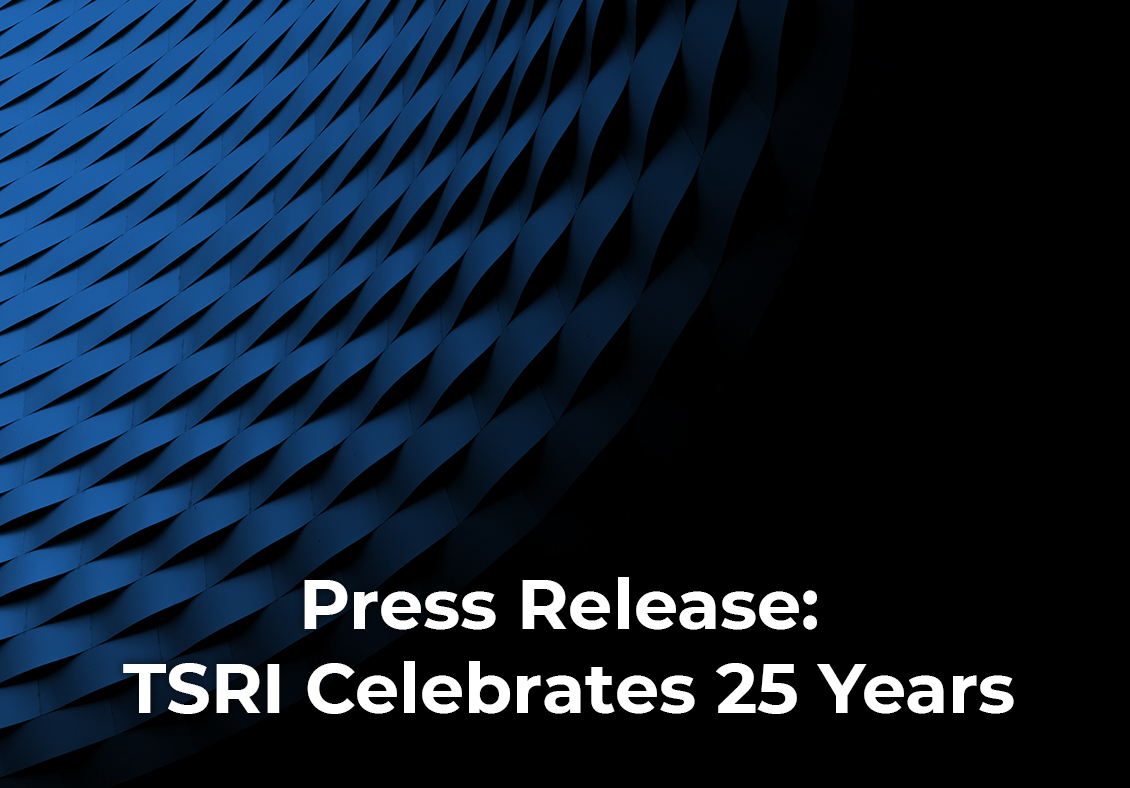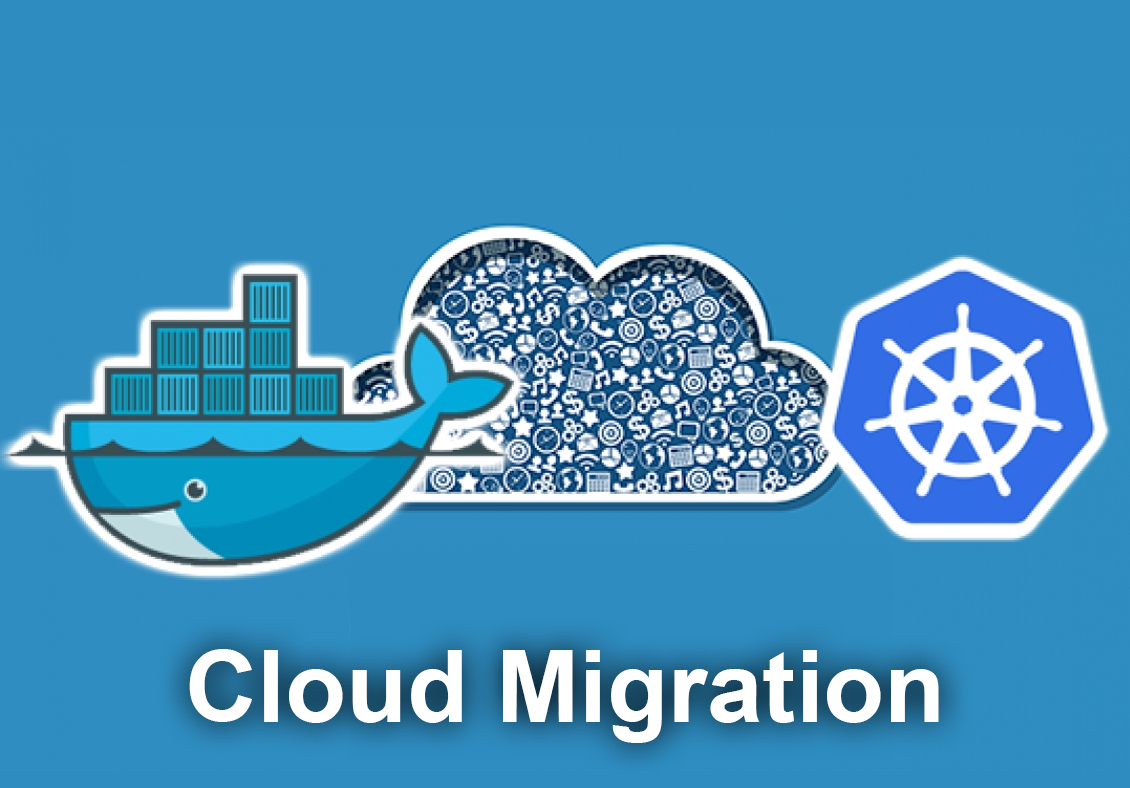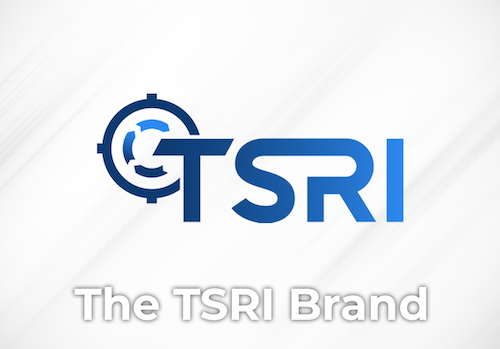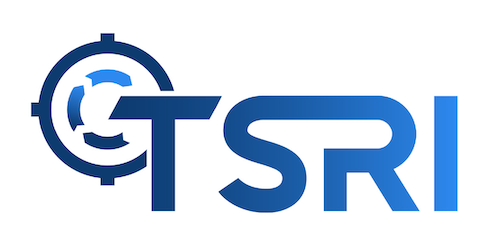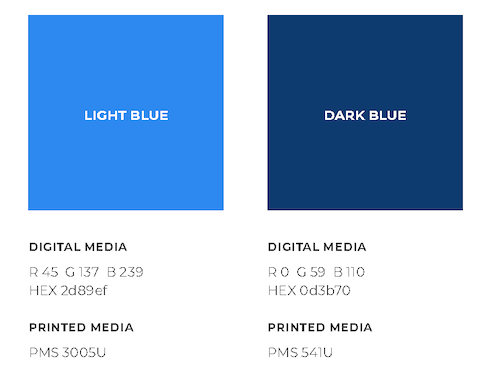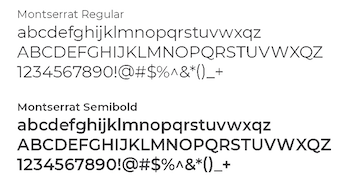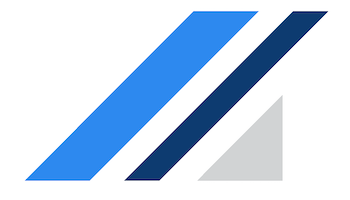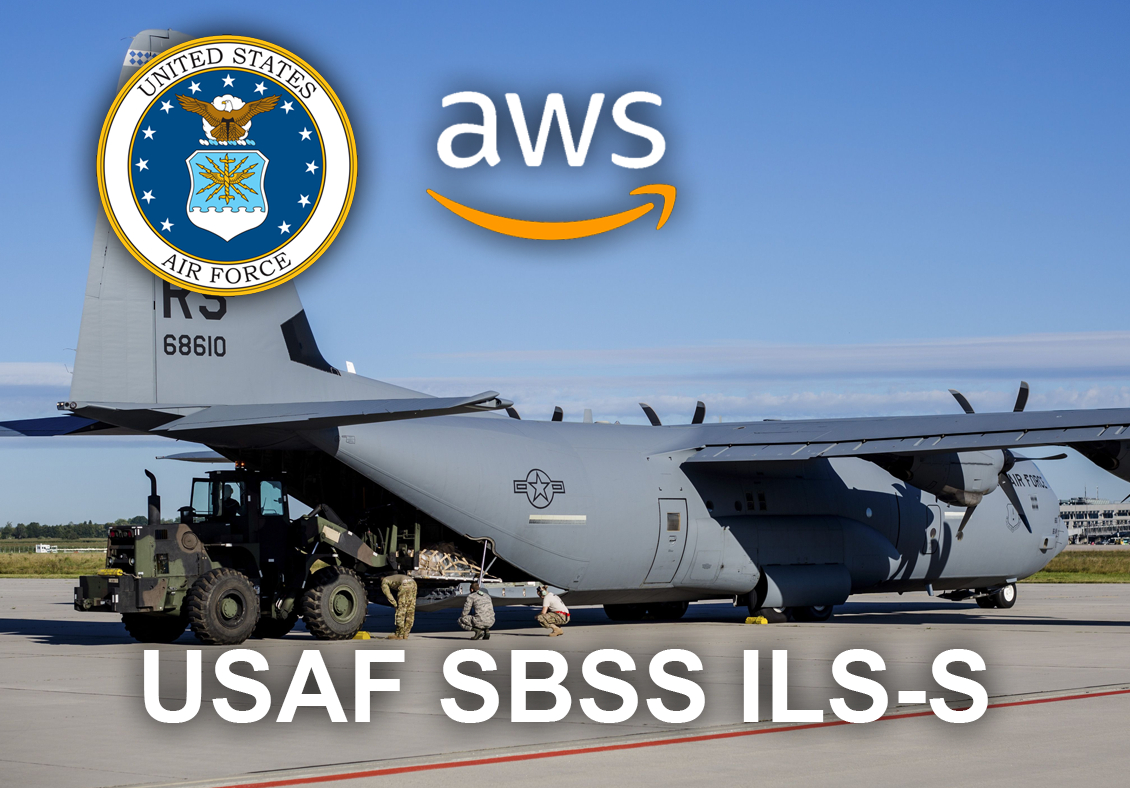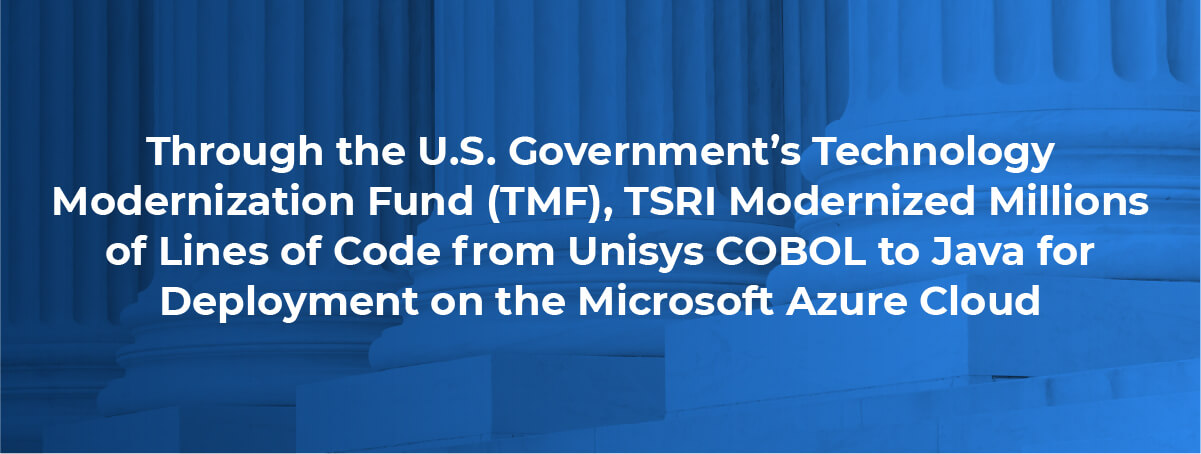
"The successful modernization and cloud deployment of these four critical government applications is proof that the U.S. Technology Modernization Fund is beginning to fulfill its purpose."
Nicolas Newcomb, TSRI President
KIRKLAND, Wash., March 31, 2022 (GLOBE NEWSWIRE) --TSRI, a recognized leader in fully-automated software modernization — announces the recent completion of a large-scale, public sector application modernization and mainframe retirement effort that transformed four critical, aging applications from Unisys COBOL to Java for a United States federal government agency. The federal agency’s applications containing millions of lines of code were modernized over three years and deployed to the Microsoft Azure Cloud.
The effort was the first of its kind to leverage the funds available to government entities via the Modernizing Government Technology (MGT) Act’s Technology Modernization Fund (TMF). With federal government mandates gaining further prominence and the bipartisan bill — the Legacy IT Reduction Act of 2022 — currently on the floor of the U.S. Senate, TSRI is well-positioned to support government entities in modernizing their outdated legacy information technology systems.
Critical and Aging Systems, Transformed for Modern Times
Despite incremental upgrades or patches over the years to this federal agency's decades-old mainframe applications, a dwindling supply of programmers made it increasingly difficult to maintain them. In addition, cloud computing would improve these mission-critical applications' reliability and security. Using TMF funds, this U.S. government entity sought to modernize several of its remaining critical systems on a legacy Unisys mainframe. TSRI provided automated code conversion of more than 1.3 million lines of the client's COBOL applications, with hierarchical DMS and relational RDMS databases, to the Microsoft Azure cloud. TSRI implemented Java as the target language and Microsoft SQL Server as the target relational database at 99.67% automation levels.
On day one after the production systems were switched over from the Unisys mainframe to the Microsoft Azure cloud, the new system supported 25,356 users and 299,715 transactions with only three user problems reported. These critical systems — responsible for managing, storing, and protecting personal financial and employment-related data for government-supported home financing — were seamlessly deployed to the new Microsoft Azure Cloud environment without impact on operations. The positive results could be seen in the first 30 days during which the new system disbursed billions of dollars in program funds to eligible users without a single error.
“The successful modernization and cloud deployment of these four critical government applications is proof that the U.S. Technology Modernization Fund (TMF) is beginning to fulfill its purpose,” TSRI President, Nicolas Newcomb, said. “This federal agency’s crucial technology now serves people more predictably and reliably while providing efficiency and cost-savings for the government and therefore, Americans. Furthermore, these applications can now be more effectively maintained and evolved now and in the future.”
 View the case study for more details on this government IT modernization project.
View the case study for more details on this government IT modernization project.
For Government Agencies, The Time to Modernize is Now
Four years ago, the United States government established the Technology Modernization Fund to support federal agencies in funding the modernization of their aging information technology infrastructure. On March 23, a bi-partisan bill was introduced to the United States Senate: The Legacy IT Reduction Act of 2022. The bill aims to make the modernization of federal legacy IT systems mandatory.
“Every year, the number of programmers required to maintain or improve the legacy systems we all rely on shrinks but that doesn’t mean we depend on those systems any less,” TSRI’s Nicolas Newcomb said. “We can say that this one federal agency’s crucial technology is now serving the American people more predictably and reliably, but there are still thousands of crucial, at-risk applications that we rely on to conduct our daily lives and business. We have never previously witnessed the scale and severity of technology obsolescence we may currently face.”
Nicolas continued: “TSRI can reliably and rapidly modernize — and frequently improve —these carefully designed systems. Cloud architectures offer predictable landing zones, and the sophistication of the foundational technologies have made modernizations more seamless than ever. Done well, a modernization accelerates the delivery of benefits to business bottom lines and improves the lives of end-users. Simultaneously, modernizations help relieve the liabilities caused by technical debt and human resource scarcity. In the end, application modernization is organizational modernization. Therefore, TMF funding is a responsible step to ensure our government is competitive, secure, and efficient. There should be no doubt that the time to modernize our crucial software infrastructure applications is indeed now,” he concluded.
TSRI has decades of experience modernizing applications in over 35 legacy languages for public sector, government, and military entities in the U.S. and beyond. Examples include the U.S. Air Force, the U.S. Customs and Border Control, the U.S. Navy, the Canadian Revenue Agency, and the Government of Denmark. View TSRI’s case studies for more.
Today’s modern systems often require deployment to cloud environments. TSRI modernizes applications for deployment to any cloud environment and is a validated Amazon Web Services Mainframe Migration partner.
---
TSRI is Here for You
As a leading provider of software modernization services, TSRI enables technology readiness for the cloud and other modern architecture environments. We bring software applications into the future quickly, accurately, and efficiently with low risk and minimal business disruption, accomplishing in months what would otherwise take years.
TSRI – Software Modernization Assured
See Case Studies
Learn About Our Technology
Get Started on Your Modernization Journey Today!
